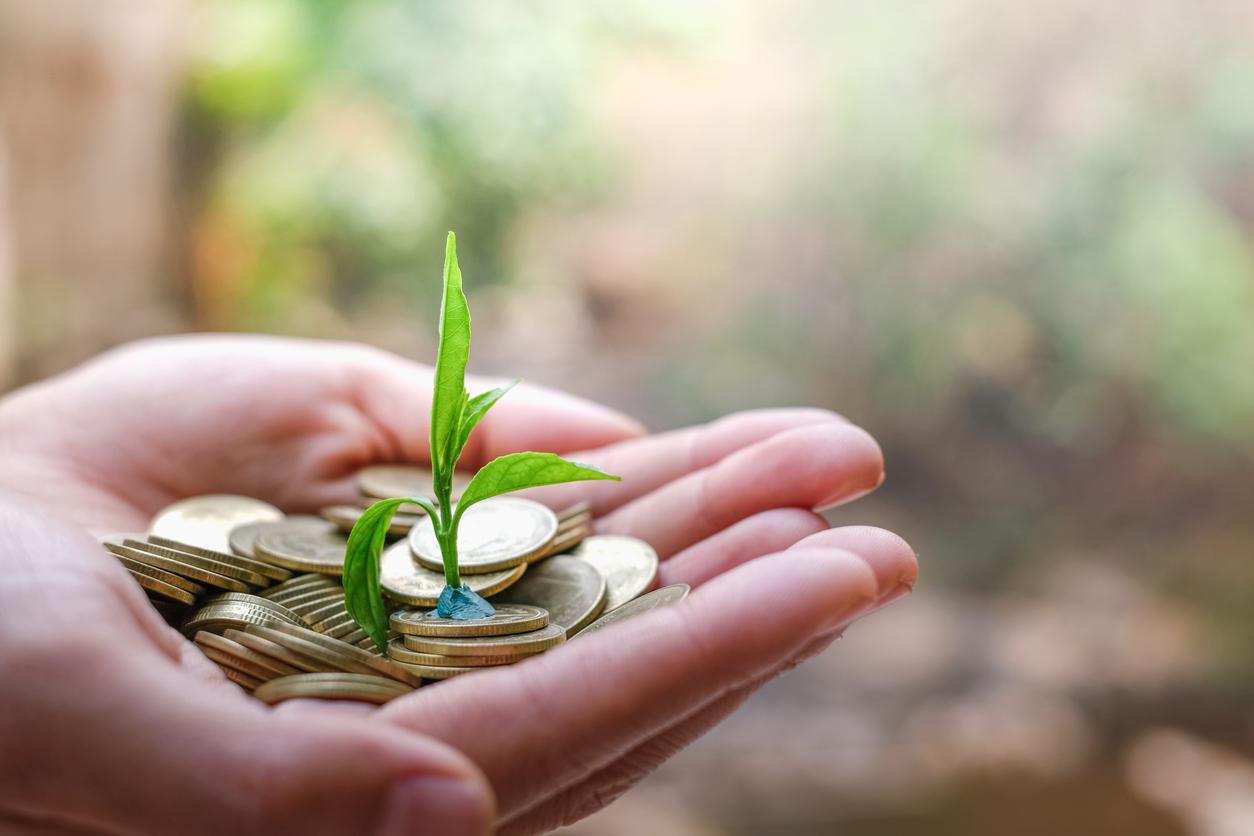Everyone has different goals regarding impact and risk in ESG integration and sustainable finance products. And it's important to understand, both from the perspective of investors and issues, what the trade-offs are, according to panelists at the recent BMO Global Reserve and Asset Managers Conference.
The panel featured BMO's Former Head of Sustainable Finance Jonathan Hackett, Kathrin Forrest, Vice President of Capital Group Canada, and Dan Novak, Senior Portfolio Manager and ESG Initiatives at Bank of Canada.
In this Episode:
Why implementing ESG is not a one-size-fits-all
How investment strategies that follow ESG integration amounted for $25 trillion in the last few years
How large, rapidly evolving trends are impacting ESG factors within investment strategies
Sustainability Leaders podcast is live on all major channels including Apple, Google and Spotify
